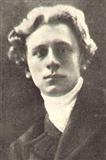 During the mid 20th Century, music, like the other arts, evolved in various directions. Despite different paths taken, rhythm has been thoroughly explored by composers.Â
During the mid 20th Century, music, like the other arts, evolved in various directions. Despite different paths taken, rhythm has been thoroughly explored by composers.Â
Between 1930 - 1960 in music, saw the advent of rapid development. We should bear in mind that 1930s saw the Great Depression that gave way to World War II, the dropping of the first atomic bomb, followed by the Cold War. Â
Music Development of this Period
- Continuation of Serial or 12-Note system.
Some composers took Schoenberg's serial or 12-Note system to new limits.Â
- NeoClassicismÂ
NeoClassicists turned to past models as a vehicle for expressing their ideas in 1930-1940. These composers returned to forms and techniques of the Baroque and Classical eras, from Bach and Purcell to Mozart and Beethoven. The NeoClassicists style was a reaction to the emotional and dramatic character of Romanticism. They wrote for small chamber ensembles. They did not copy 17thth century forms but took elements, such as the fugue, for example, and added their own modern harmonies and rhythms. An example is Igor Stravinsky's opera The Rake's Progress.Â
- Jazz
The rise of jazz, along with the increasing awareness of non-Western music, provided additional inspiration for many. Jazz exists in various forms including traditional and free jazz, Dixieland, cool, and bebop. Many contemporary musicians and pop music groups have been greatly influenced. Â Â
- Electronic Music
Others ventured into electronic music by manipulating sounds and noises recorded on tape. This style is known as musique concrète.
- Chance Music
Another was 'chance' music. Notably, this is displayed in the work of composer John Cage, in which the elements of a composition or performance could be determined by the throw of a dice, for example.
- Rock 'n' Roll
Not to be forgotten is the 1950s rise of the rock 'n' roll originating in the United States. Elvis Presley, referred to as the 'king,' was considered the greatest rock 'n' roll singer.  Â
Some Prominent Composers of this Period
Igor Stravinsky (1882-1971). Russian composer interested in jazz rhythms place a rhythmic life into his compositions. His ballet music caused chaos between its opponents and supporters. The Rite of Spring
Percy Grainger (1882-1961). Australian-born composer and pianist, is best known for his interest in folk songs, although he composed other orchestral and choral works. Â Â Â
Benjamin Britten (1913-1976). English composer of great operas. In 1946, he wrote A Young Person's Guide to the Orchestra using a theme by Baroque English composer Henry Purcell. This musical work by Britten is famous among children as it introduced them to the various families of the orchestra.
John Cage (1912-1992). American composer made new sounds out of old instruments. In one of his works, he pushed various objects between the strings to create different sounds.
There are other important composers of this period. Featured are only the more prominent ones chosen for this brief article. We should bear in mind that contemporary composers are currently writing music and their work being recognized for their potential merit. Â Â Â Â Â Â Â Â Â
Â
Â

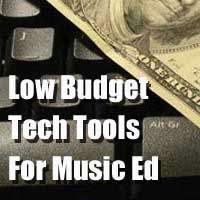
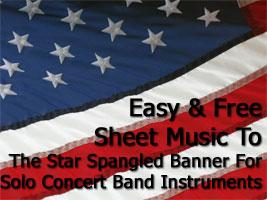

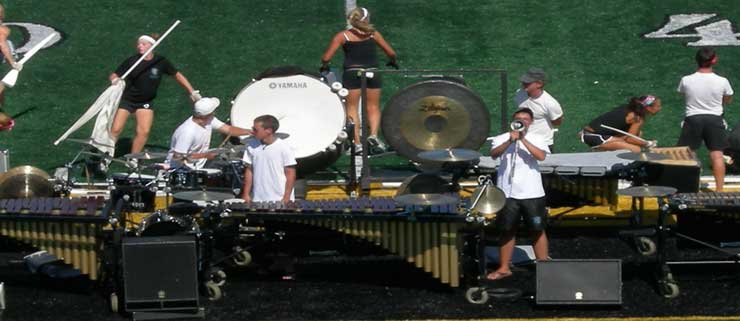
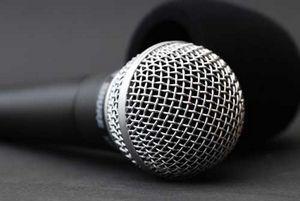

 Scroll down to view the comparison chart of over a dozen different portable digital audio recorders.
Scroll down to view the comparison chart of over a dozen different portable digital audio recorders.